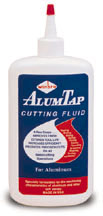Burned out my hole saw last night trying to cut the hole for the Supercharger Driveshaft through the steel plate behind the side bulkhead.
Need to go get a 2nd one this morning so I can finish that step and post the results.
Need to go get a 2nd one this morning so I can finish that step and post the results.


